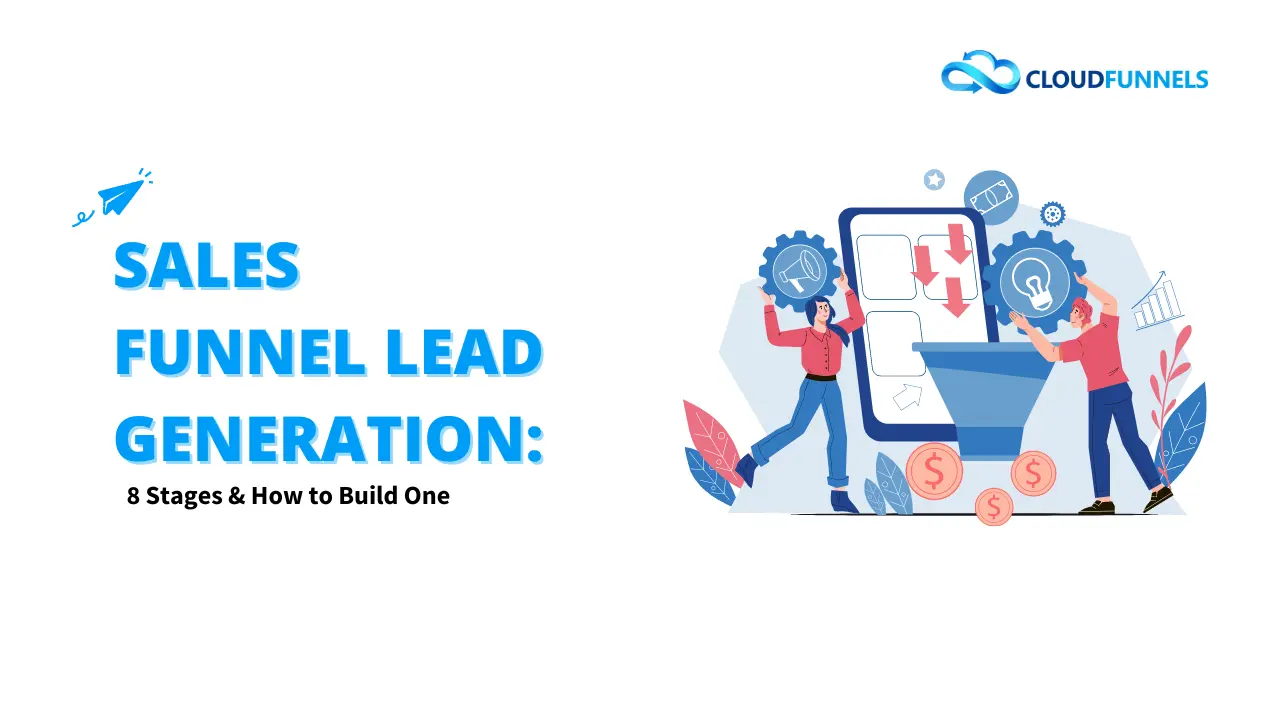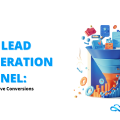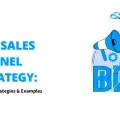To run a successful business, you need customers ready to pay for your product. But how do you find these customers?
Welcome to the universe of sales funnel lead generation—a powerful approach that can transform your company’s growth.
You start with leads, who become prospects. Eventually, you convert them into customers. Many companies focus on refining their lead-generation strategies to keep attracting new leads. However, it’s even more important to perfect your lead funnel. It allows you to see how many leads engage with your business and how many turn into customers.
In this blog, we’ll cover what sales funnel lead generation is, the stages involved, and how to build an effective funnel to boost your sales. By the end, you’ll know how to create a funnel that attracts, converts, and keeps customers, driving steady growth for your business.
What is Sales Funnel Lead Generation?
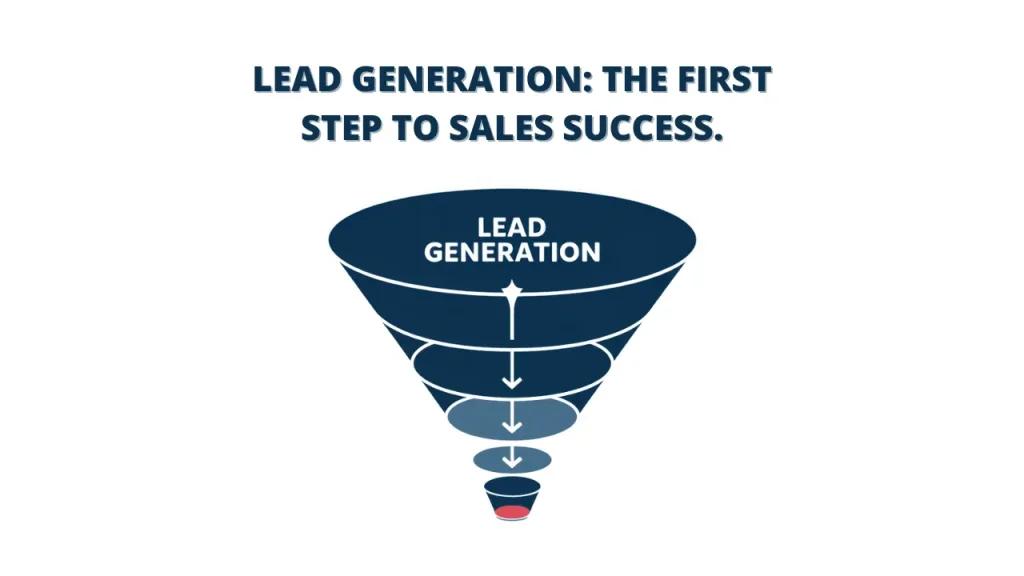
Sales funnel lead generation is the systematic process of identifying, attracting, and converting potential customers into leads through a series of well-planned stages.
Unlike traditional sales strategies, lead generation focuses on building relationships and providing value before asking for a sale.
Lead generation differs from other stages in the sales funnel because its primary focus is on capturing attention and interest. While later stages may involve nurturing and closing deals, lead generation is about bringing new prospects into the funnel.
The Lead Generation Stages of a Sales Funnel

1. Awareness Stage
The awareness stage focuses on making your brand visible to potential customers. You aim to grab attention and spark interest in what you offer. Effective strategies include:
- Content marketing (blogs, videos, podcasts)
- SEO (Search Engine Optimization)
- Social media marketing
- Paid ads
2. Interest Stage
Next, you need to create interest in your product or service after you have got the audience’s attention. This stage focuses on providing value for your expertise. Key tactics include:
- Engaging content (how-to guides, industry reports)
- Lead magnets (e-books, webinars, free trials)
- Email newsletters
3. Consideration Stage
At this stage, leads are thinking about your product or service. Your goal is to give them the information they need to decide. To move them further down the funnel, show how your product or service solves their problems. Effective tips to include:
- Case studies
- Customer testimonials
- Product comparisons
- Detailed product/service information
4. Intent Stage
The intent stage is where leads are ready to take action. Your focus should be on providing clear, compelling reasons to choose your offering. Tricks to include:
- Strong calls-to-action (CTAs)
- Limited-time offers
- Free consultations or demos
- Clear value propositions
5. Conversion Stage
At this stage, the goal is to turn leads into customers. Ensure a smooth, secure transaction process to maximize conversions. Key elements include:
- User-friendly checkout process
- Multiple payment options
- Clear pricing and terms
- Excellent customer support
6. Post-Conversion Stage
After the sale, you should focus on delivering an exceptional customer experience. This stage involves:
- Follow-up communications
- Onboarding processes
- Proactive support
- Gathering feedback
7. Retention Stage
Building long-term relationships with customers is crucial for sustained success. So keeping current clients is often less expensive than acquiring new ones. Helpful tips for this stage include:
- Loyalty programs
- Personalized offers and recommendations
- Regular check-ins and support
- Exclusive content or events for existing customers
8. Referral Stage
In the last referral stage, encourage happy customers to become your best source of new leads. Encourage referrals through:
- Referral incentive programs
- Easy-to-use referral tools
- Testimonial and case study features
- Social media engagement campaigns
Steps to Creating an Effective Sales Lead Generation Funnel

1. Identify the Target Audience:
Understanding your target audience is the foundation of effective sales funnel lead generation. Start by identifying who your ideal customers are, what their pain points are, and how your product or service can solve their problems. Use these methods to identify and segment your market:
- Customer surveys and interviews
- Market research
- Competitor analysis
- Creating detailed buyer personas
2. Create Engaging Content for Each Stage
For this, you need to customize your content to meet the needs and queries of leads at each level of the funnel. Effective content types include:
- Blog posts and articles
- Videos and webinars
- Infographics and visual content
- Whitepapers and e-books
3. Use techniques for generating leads.
Capture leads using a variety of tools and techniques and also optimize these elements to maximize lead capture. To generate leads, employ a range of techniques and methods:
- Optimized landing pages
- Lead capture forms
- Strategic calls-to-action
- Lead scoring and qualification processes
4. Nurture Leads Through Email Marketing
For lead nurturing, email marketing is a useful method. Build email sequences that solve problems, offer value, and lead customers through the funnel. One successful method for lead nurturing is this. Consider the following:
- Personalized email sequences
- Automated drip campaigns
- Segmentation and targeting
- Valuable, relevant content
5. Use CRM Tools to Track and Manage Leads
In this, a good customer relationship management (CRM) system is essential for managing your sales lead generation funnel. It provides insights into lead behavior, allowing you to tailor your strategies accordingly. Consider tools like:
- CloudFunnels
- HubSpot
- Pipedrive
- Zoho CRM
6. Analyze and optimize your sales lead generation
Maintain and improve your funnel regularly for the best results. These tricks will surely help:
- Monitor the key performance indicators (KPIs).
- Perform A/B testing on various elements.
- Monitor and evaluate user engagement and behavior.
- Implement data-driven improvements
Implementation and Case Studies
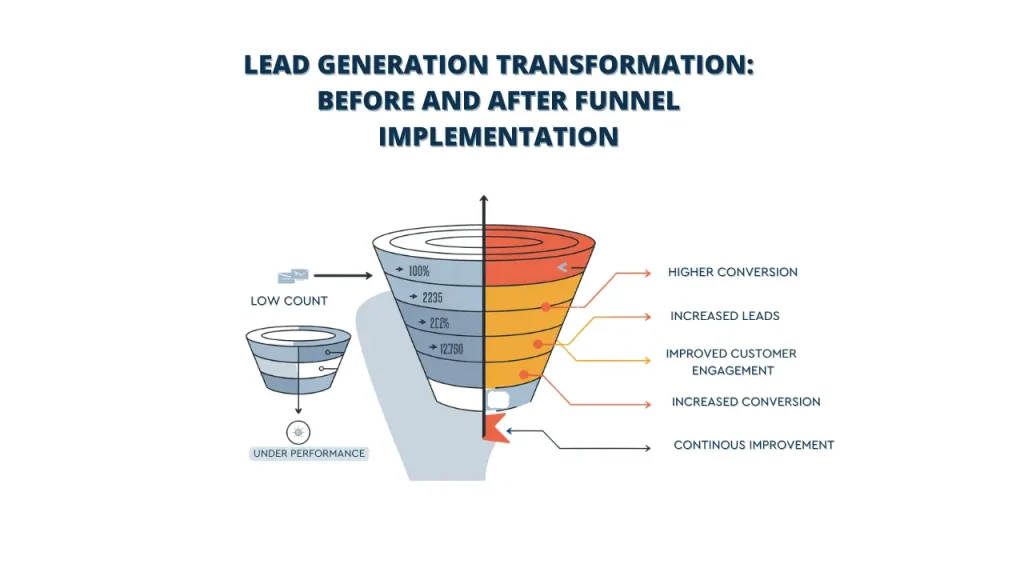
Strategy to Success: Putting your lead generation funnel into action.
To successfully implement your lead generation funnel, follow these steps:
- Develop a clear strategy that is consistent with your company’s goals.
- Pick the tools that best suit your requirements.
- Make a schedule for your content.
- Implement tracking and analytics tools to track progress.
- Launch your funnel and track its performance.
- Continuously test, learn, and make improvements.
Case Study 1: SaaS Company Boosts Conversions by 150%
A SaaS company launched a multi-stage lead nurturing campaign, resulting in:
- 150% increase in conversion rates
- 30% reduction in customer acquisition costs
- 25% increase in average customer lifetime value
Key strategies are:
- Personalized content based on user behavior
- Automated email sequences
- Targeted retargeting ads
Case Study 2: E-commerce Brand Doubles Revenue Through Funnel Optimization
An online retailer transformed its lead generation funnel, resulting in:
- 100% increase in revenue
- 75% improvement in email open rates
- 50% boost in customer retention
Key strategies are:
- Interactive product quizzes
- User-generated content campaigns
- Loyalty program with tiered rewards
Conclusion
A well-structured sales funnel is a powerful tool for driving business growth. By understanding the customer journey and implementing effective lead-generation strategies, you can convert more prospects into loyal customers.
So, if you want to build or optimize a sales funnel for your business, Cloudfunnels can assist. You can easily develop unlimited funnels, opt-in pages, landing pages, business websites, and more with this reasonably priced platform.
Remember, creating an effective lead generation funnel is an ongoing process. Keep analyzing, testing, and refining your approach to stay ahead and drive sustainable growth.
With this knowledge, you can build your optimized sales funnel lead generation today and watch your business grow!
FAQ’s about Sales Funnel Lead Generation
Q: What is sales funnel lead generation?
Ans: It’s attracting potential customers and turning them into leads using various marketing strategies within a structured sales funnel.
Q: How does a lead generation funnel work?
Ans: It guides consumers through stages from awareness to conversion, using targeted content to move them closer to making a purchase.
Q: What are the stages of a lead generation funnel?
Ans: The stages usually include awareness, interest, consideration, intent, conversion, post-conversion, retention, and referral.
Q. What are some ways you could improve your sales lead generation funnel?
A: Regularly analyze performance, run A/B tests, improve targeting, and continuously enhance your content and offers.
Q: What tools are best for lead generation?
A: For email marketing platforms like Mailengine and landing pages and CRM systems, we can opt for Cloudfunnels.

